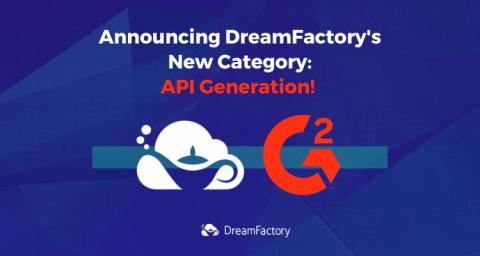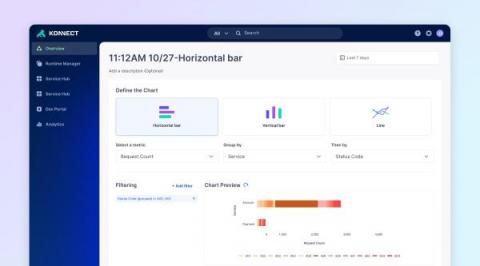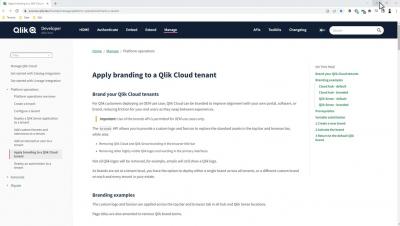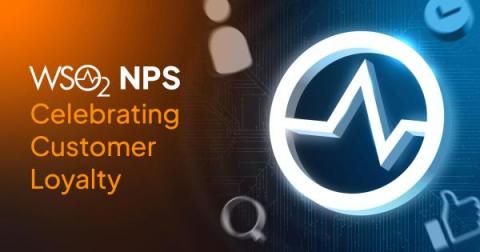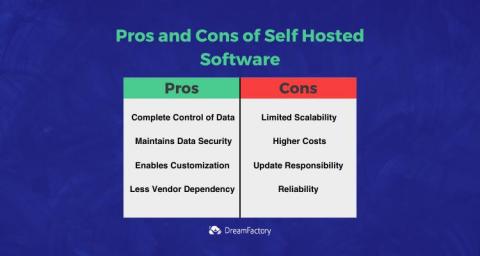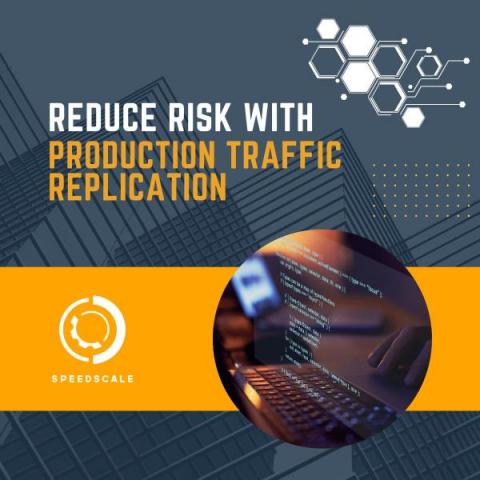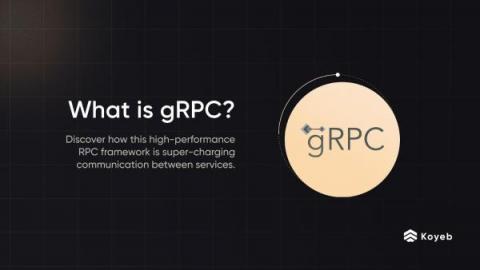Systems | Development | Analytics | API | Testing
API
Best Practices for API Design Guidelines
Creating API design guidelines is a common practice for many enterprises. The goal? Ensuring that all teams involved in API development will adhere to them. However, this goal is often not achieved, as developers may not take the time to read, study, and apply these guidelines. To address this issue, API design guidelines should be seen as the foundation to create high-level tools and services that enable developers to focus more on business logic and less on API integration boilerplate.
Quick and easy CRUD APIs
CRUD (Create, Read, Update, and Delete) is a set of operations allowing users to interact with a database simply and consistently. Creating a CRUD API allows other systems and developers to interact easily with a data store or set. By providing a simple and consistent set of operations, CRUD APIs make it easy to build, scale, and secure applications. Some benefits of a CRUD API include When developing a CRUD API, there are many options to choose from.
Kong Konnect Analytics Custom Report Feature Gets a Major Upgrade
APIs have become the backbone of modern software development, by facilitating seamless communication between applications and systems. But building an effective API requires more than just good coding skills. It also requires careful monitoring and analysis to ensure optimal performance, security, and adoption. Additionally, creating accurate and in-depth reports can be time-consuming and complicated, especially when dealing with large data sets.
WSO2 NPS - Celebrating Customer Loyalty
At WSO2, our guiding principle is "treat people the way you want to be treated." This value is deeply ingrained in our company culture and is at the heart of everything we do - from creating products to engaging in transparent and honest communication with our customers. That's why we supplement our frequent customer check-ins with a biannual Net Promoter Score (NPS) survey to receive feedback from our customers and ensure we deliver exceptional service and solutions that meet their unique needs.
The Pros and Cons of Self-Hosted Software Solutions
Top Five Reasons Security Matters on Atlassian Marketplace
As an application development leader, you’ll want to continuously improve your team's processes and outcomes. The cloud marketplace has become a popular way for enterprises to buy software, but with the increasing amount of sensitive data being processed, stored, and transmitted in the cloud, security has become a critical concern for both cloud service providers and their customers.
Reduce Risk with Production Traffic Replication
What is gRPC?
gRPC is an open source remote procedure call (RPC) framework that enables client and server applications to communicate with each other remotely and transparently. In this blog post, we are going to discuss gRPC. First, we’ll talk about RPCs and why they are important. Then we’ll explain how gRPC works, taking a closer look at protocol buffers and the architecture of gRPC.


